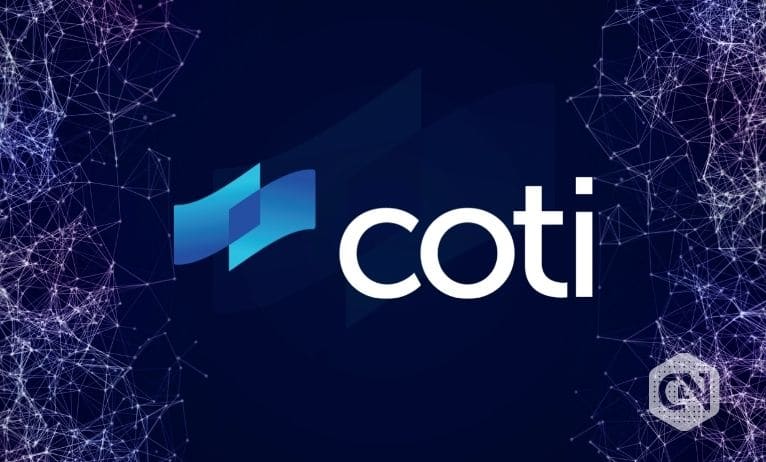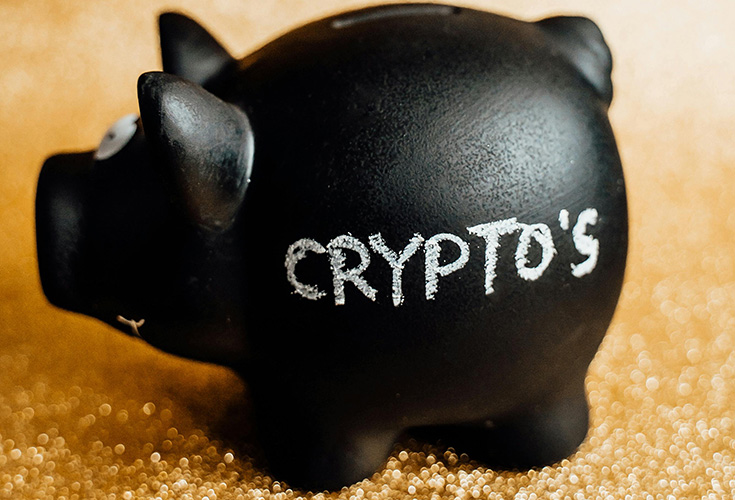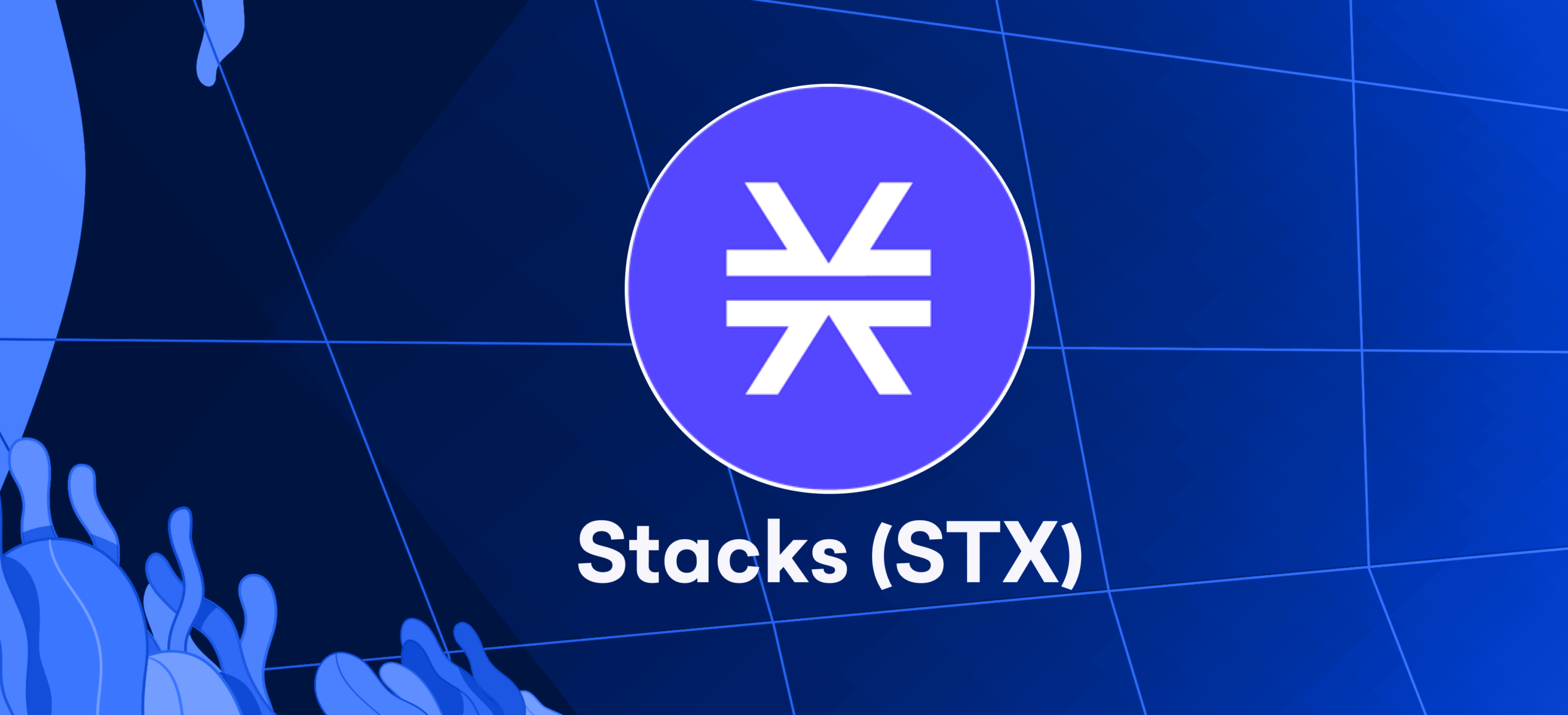
Introduction
COTI represents a blockchain environment. It is designed to enable swift and protected transactions at minimal costs. The objective of COTI is to transform conventional financial systems by removing middlemen. In doing so, it grants entities the capability to construct their personal payment methods and digital currencies using the underlying Trustchain protocol. Furthermore, this includes the creation of stablecoins.
What Does COTI Stand For?
COTI operates as a noteworthy layer-1 fintech blockchain ecosystem tailored specifically for streamlined payments. By tackling the hurdles witnessed in both centralized and decentralized finance (CeFi and DeFi), COTI introduces an innovative DAG-based protocol and infrastructure that boasts exceptional attributes: affordability, swiftness, scalability, privacy, and inclusivity. Furthermore, To achieve consensus, it ingeniously employs Proof of Trust (PoT), which harmoniously combines elements of PoW (Proof of Work) and DAG (Directed Acyclic Graph).
What is the functioning principle of COTI?
COTI’s Approach to Addressing Scalability Challenges
In the realm of blockchain technology, renowned projects like Bitcoin and Ethereum encounter challenges regarding scalability. However, amidst this landscape, COTI emerges as a pioneering force that redefines transaction efficiency and speed. Moreover, by embracing Trustchain, a revolutionary layer-1 blockchain protocol based on a directed acyclic graph (DAG) data structure, COTI ushers in a new era of scalable solutions.
Unveiling the Scalability Challenge
The current blockchain giants, Bitcoin and Ethereum, face a significant challenge: their ability to process transactions efficiently. These platforms add transactions to a growing chain of blocks, which causes delays in block approval. Consequently, transaction confirmations become slow-paced. It is worth noting that while Bitcoin handles approximately 20 transactions per second, Visa effortlessly manages an astounding 65,000 transactions per second.
The Trustchain Revolution
COTI’s foundation relies on Trustchain, an innovative layer-1 blockchain protocol. This protocol is based on the directed acyclic graph (DAG) structure, which represents a significant change in blockchain architecture. Moreover, by adopting this new approach, COTI aims to revolutionize transactional efficiency by reducing costs and enhancing throughput. The team anticipates achieving an unprecedented milestone of processing up to 100,000 transactions per second (TPS), marking a tremendous leap forward in transactional efficiency.
Embracing the Future
As COTI continues its journey, the unwavering commitment to reshape the digital economy’s landscape drives its progress. By harnessing the power of Trustchain and DAG, COTI sets an example for scalable blockchain solutions with high throughput. This innovative stride opens up possibilities for a future where transactional bottlenecks disappear, unlocking the true potential of the digital economy.
Proof of Trust (PoT)
In a bid to tackle the challenging scalability quandaries, COTI introduces a groundbreaking approach by amalgamating Trustchain, a directed acyclic graph (DAG)-based data structure, with Proof of Work (PoW), culminating in the birth of the Proof of Trust consensus mechanism.
The COTI DAG – Unveiling “The Cluster”
COTI’s DAG, aptly named “the Cluster,” is a decentralized ledger to log network transactions. Unlike the conventional method of grouping transactions into blocks, COTI places trades sequentially, creating a seamless sequence. The validation process hinges on linking a new transaction with two preceding transactions.
Navigating Linkage Decisions via Trust Scores
Navigating the linkage of transactions becomes a dynamic process shaped by the involved nodes’ Trust Scores. Within the Proof of Trust (PoT) framework, validators are cherry-picked based on their credibility. Every participant and node within the Cluster receives a Trust Score, meticulously calculated from their historical interactions and payment data. Elevated Trust Scores translate to accelerated transaction processing and diminished fees.
Unveiling the Transaction Initiation Dance
The Source Selection Algorithm occurs whenever a transaction initiates on the COTI platform. It randomly assigns two validating nodes with comparable Trust Scores. As a consequence, transactions undertaken by trustworthy users secure expedited confirmation. By processing transactions of varying Trust Scores simultaneously, COTI ensures scalability without compromising network security.
PoW’s Unconventional Role in COTI
COTI takes a fresh perspective on PoW, eschewing the conventional mining-driven approach. PoW’s function lies beyond establishing trust; it shields COTI from spam attacks while stimulating active engagement from network participants. Successfully fulfilling PoW tasks empowers validators to attach their transactions to the Cluster.
However, this achievement does not guarantee automatic attachment; the outcome remains contingent on their Trust Scores. Moreover, these scores impact the PoW levels, indirectly influencing transaction fees. The absence of mining requirements enables COTI to uphold meager transaction costs.
The MultiDAG layer
The COTI MultiDAG ecosystem resembles Ethereum, featuring numerous independent DAGs serving different purposes. Each DAG maintains its tailored tokens and applications while all are operating concurrently on the same infrastructure to enhance network efficiency.
The COTI MultiDAG 2.0 allows developers, merchants, and enterprises to issue tokens that possess the Trustchain’s capabilities. These include scalability, high throughput, low cost, and user-friendly payment tools like COTI Pay Business.
With the MultiDAG platform, users can create their stablecoins using fiat collateral, crypto collateral, or no collateral. For instance, COTI is responsible for issuing Djed, a stablecoin for Cardano’s ADA, and operates the payment system ADA Pay.
Coin Issuance Service
After the release of MultiDAG 2.0 on the mainnet, COTI enables enterprise clients to leverage its MultiDAG technology for issuing stablecoins and other digital currencies according to their preferences. This service offers various advantages, including reduced transaction costs, a scalable infrastructure, privacy modules, and comprehensive technical support from the COTI team. Moreover, clients have the flexibility to issue multiple tokens at minimal expenses.
Djed
COTI powers Djed, the first algorithmic stablecoin built on Cardano. This stablecoin operates with an algorithmic design and utilizes smart contracts to stabilize prices. It holds immense value for decentralized finance (DeFi) operations. However, Djed goes beyond being just a stablecoin riding on Cardano’s chain. It is purposefully designed to serve as the ultimate coin that will cover all network transaction fees within the Cardano ecosystem.
COTI Pay Business
Through the COTI Pay Business product, merchants can now conveniently accept payments using the new COTI Native assets. These assets serve as alternative payment methods for both retail and merchant transactions. By leveraging COTI’s Trustchain and MultiDAG secure infrastructure, businesses of all sizes can quickly adopt COTI technology at an affordable cost.
The COTI Treasury: Deposit & Earn
COTI’s Treasury acts as a decentralized, algorithmic pool of $COTI. The primary goal is to allow customers to put down $COTI and gain incentives for active engagement. As the ecosystem generates fees, either directly or indirectly, these funds contribute to the growth of the Treasury over time. All payments across COTI’s various products are efficiently channeled into the Treasury, which subsequently distributes them as rewards among its users.
In addition to these features, COTI plans on introducing a governance token in the near future. This token will be allocated to active participants within the Treasury and those who consistently contribute towards its expansion. Holders of this governance token gain privileges such as engaging in debates, proposing changes, and casting votes regarding protocol updates.
What does the COTI token refer to?
The COTI coin functions as the primary token within the COTI ecosystem, which operates on a directed acyclic graph (DAG) architecture. It sets itself apart from traditional cryptocurrencies by removing the requirement for proof-of-work (PoW) mining to ensure network security. Instead, COTI flourishes through three key networks: Trustchain, Ethereum, and BNB Chain.
Network Mainnets and Variants
- Trustchain: Trustchain, as COTI’s principal mainnet, represents the system’s center as its original network.
- Ethereum: Besides its presence on Trustchain, COTI expands its reach onto the Ethereum network as an ERC-20 token. This version of COTI, built on Ethereum, enables seamless trading on selected cryptocurrency exchanges and is utilized within various decentralized finance (DeFi) DApps.
- BNB Chain: COTI’s presence on the BNB Chain has expanded even further, now encompassing both BEP-2 and BEP-20 iterations. This network variant, previously referred to as Binance Chain and Binance Smart Chain, provides additional opportunities for utilizing COTI.
Interconnectivity and Staking Opportunities
COTI token holders have the convenient option to navigate through various magnets by utilizing the COTI Bridge, promoting interoperability across the ecosystem. In addition to facilitating transactions, COTI serves a purpose within the COTI Treasury.
Moreover, users can stake their COTI tokens to participate in DeFi activities within this framework. Through such engagement, the Treasury rewards users with COTI incentives as a way of encouraging active involvement and contribution to the growth of the ecosystem.
Purchasing COTI on Binance: A Step-by-Step Guide
Access Binance Account:
-
- Log in to your Binance account.
- Navigate to the [Trade] section.
- Select between the standard and sophisticated trading modes.
Select Trading Pair:
-
- Locate [BTC/USDT] at the top left corner.
- Search for “COTI” in the search bar.
- All available trading pairs, such as COTI/BUSD, will be shown.
Place Buy Order:
-
- On the right-hand side, find the [Spot] section.
- Input the desired quantity of COTI you want to purchase.
- Utilize various order types, including Market orders.
- Click [Buy COTI].
- Your Spot Wallet will receive the added purchased tokens.
Conclusion
Crypto requires a Layer 1 solution designed specifically for consumer-merchant transactions. COTI is fulfilling this need through its DAG-based Trustchain. The COTI team anticipates significant network expansion in 2022, moving from a single coin to multiple tokens, including those for enterprises, merchants, governance, Djed, and others.
Moreover, COTI aims to establish new partnerships with other projects and merchants while introducing practical applications to its platform soon. Furthermore, all fees within the COTI ecosystem will be efficiently directed to the Treasury and distributed as rewards to its user base.








